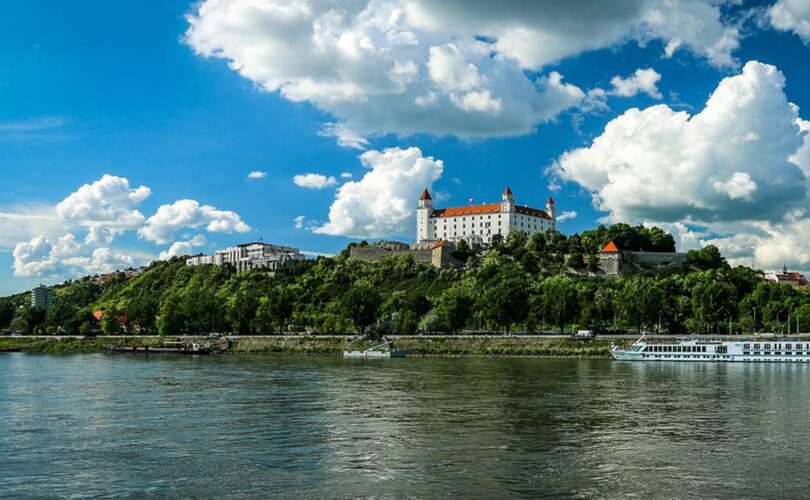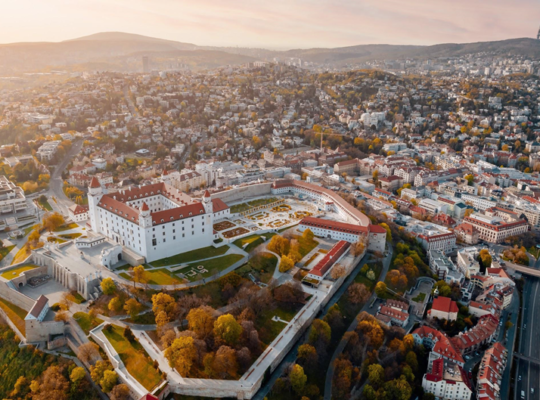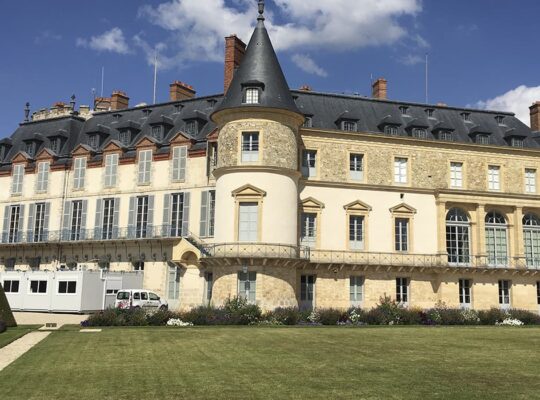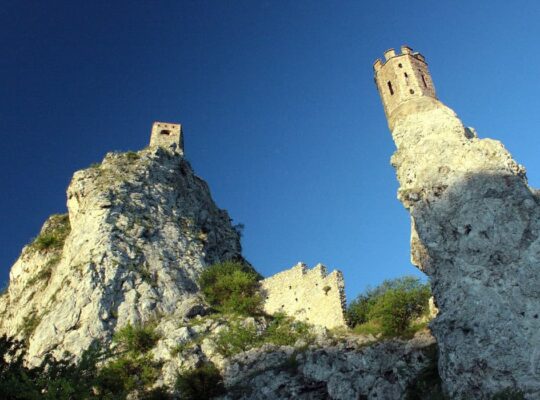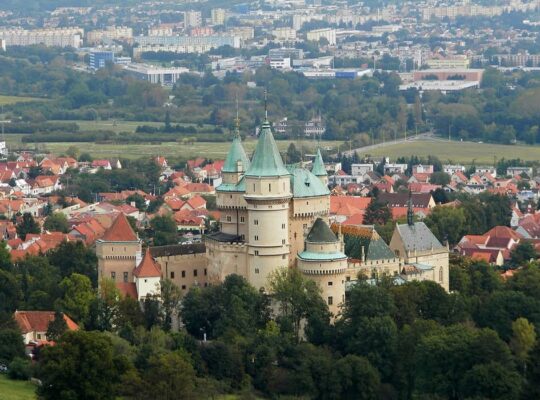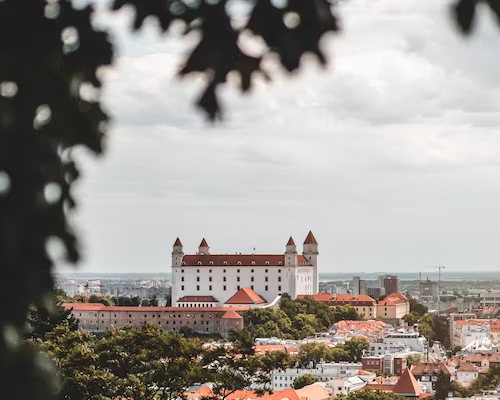Bratislava is the capital of the Slovak Republic, which until 1918 was part of the Habsburg Empire and was officially called Presburg in the German manner. The city of half a million inhabitants has a long history. At the turn of our era the ancient Romans founded a fortified camp of legionaries Posonium in a strategically important location to protect the northern borders of the empire from the raids of Slavs and Germans.
Today Bratislava has many historical and architectural monuments, most of which are concentrated in the so-called Old Town. This is an area in the historic part of the Slovak capital, with a predominance of buildings of the 17th and 18th centuries. This area is now the main tourist attraction of Bratislava. Each year it is visited by up to a million foreign visitors wishing to learn more about Bratislava’s historical past.
In the Old Town they will find beautifully preserved old buildings in a baroque style with plenty of openwork decorations. There are many churches and cathedrals of great architectural splendor. The Old City is also the center of business life of the capital and the concentration of administrative institutions. But this doesn’t harm the authentic look of the medieval quarters, as all the banks, offices, and government institutions are housed in period residences and palaces. But the construction of modern buildings of any purpose in this part of Bratislava is prohibited by law, since the Old Town belongs to the category of cultural and historical monuments of Slovakia. This area offers travelers a wide range of hotels, fashionable restaurants and cozy cafes with national coloring, stores and souvenir shops.
Bratislava Castle is a monumental castle, a massive quadrangle structure rising above the city on a cliff on the left bank of the Danube River on the southern spur of the Little Carpathians. It symbolizes more than a thousand years of Slovak history, and its towers and terrace in front of the main facade offer a magnificent view over the city and its surroundings.
It became a proper, complete castle by the 11th century and got its present appearance in the 15th century. Unfortunately, a large fire in 1811 was the beginning of the destruction of the castle. It was practically rebuilt from the ruins in the second half of the 20th century and was used to house the exhibitions of the Slovak National Museum. Nowadays exhibitions are also held there. Climbing up to the castle, it is worth admiring the picturesque rooftops of the old town and the panorama of the Danube floodplain.
